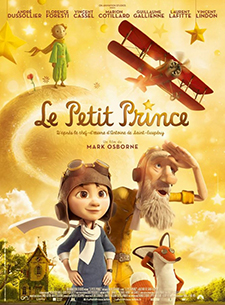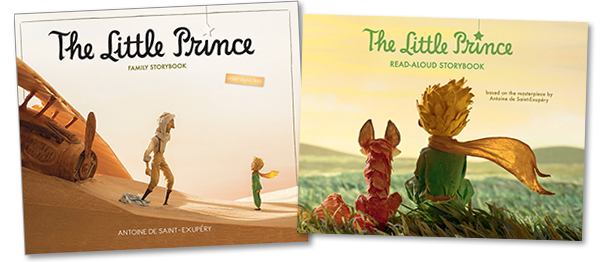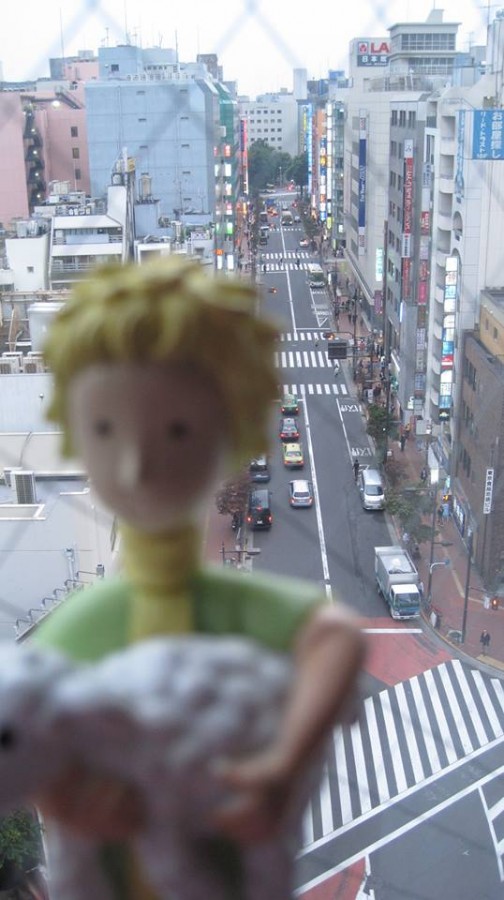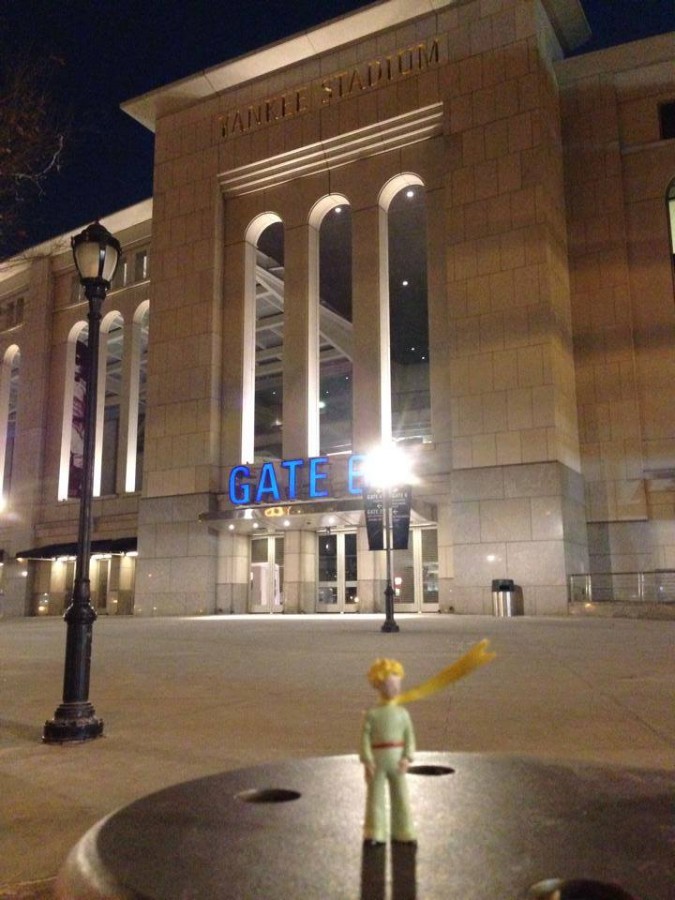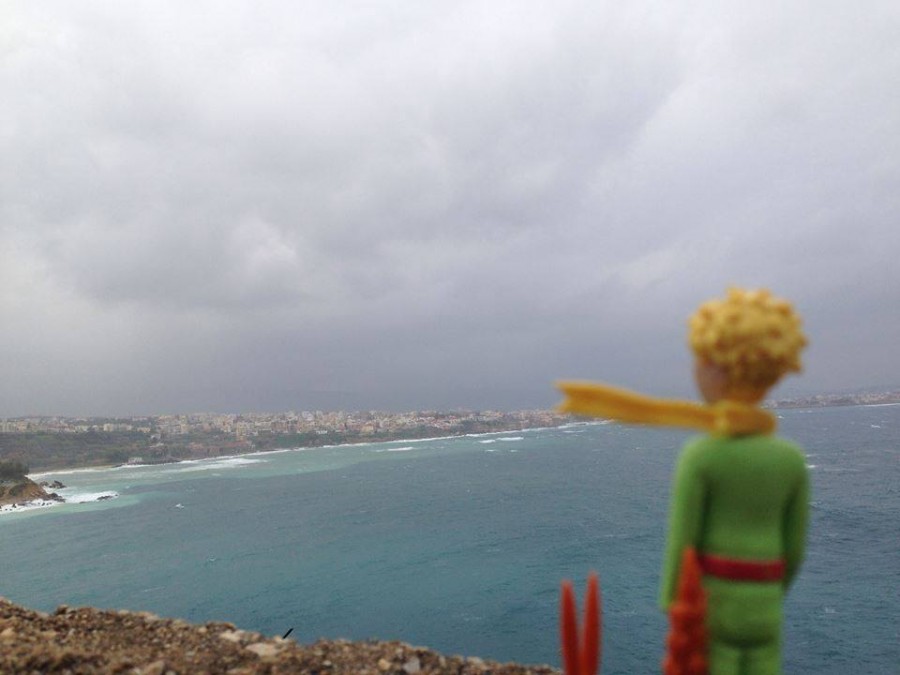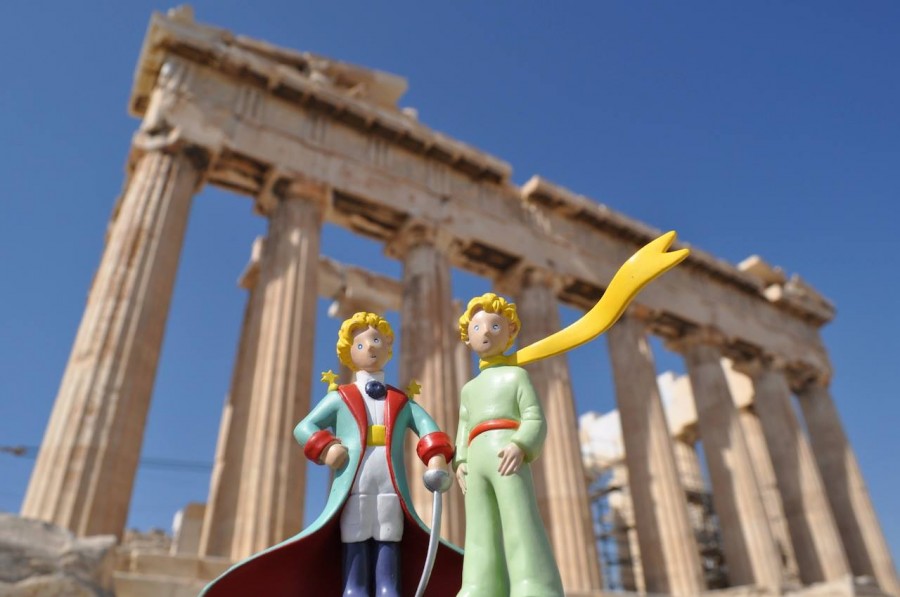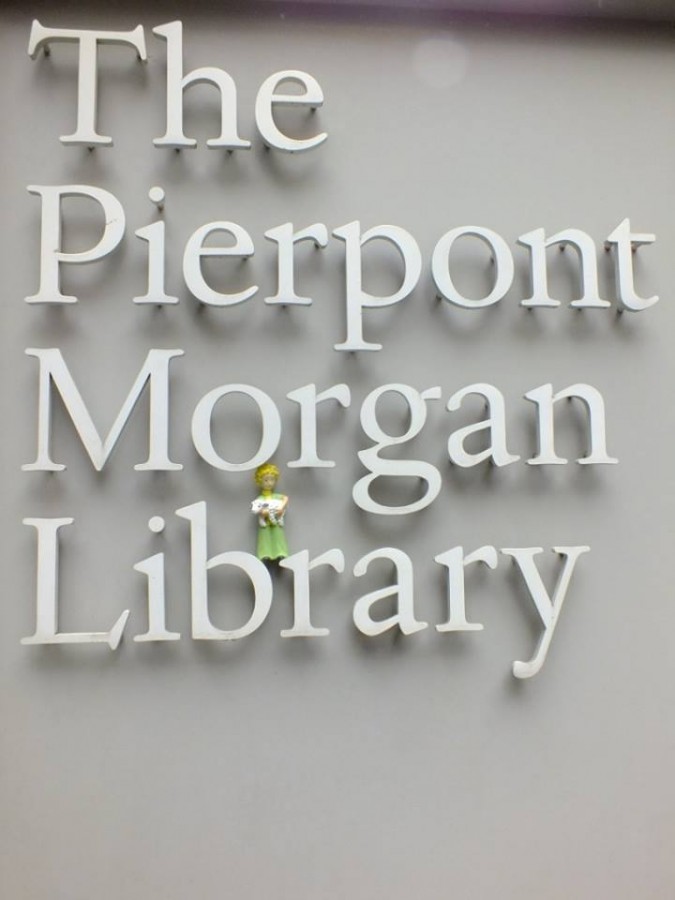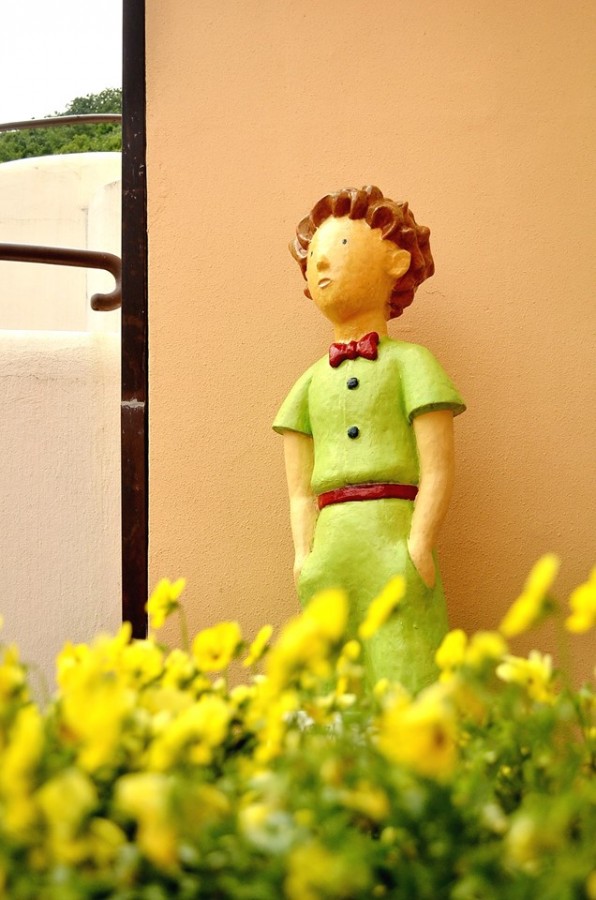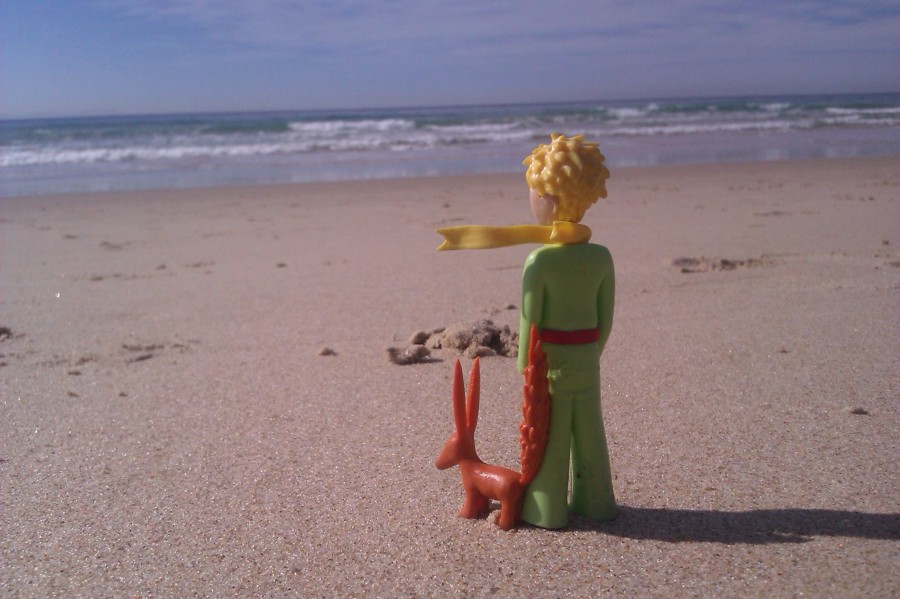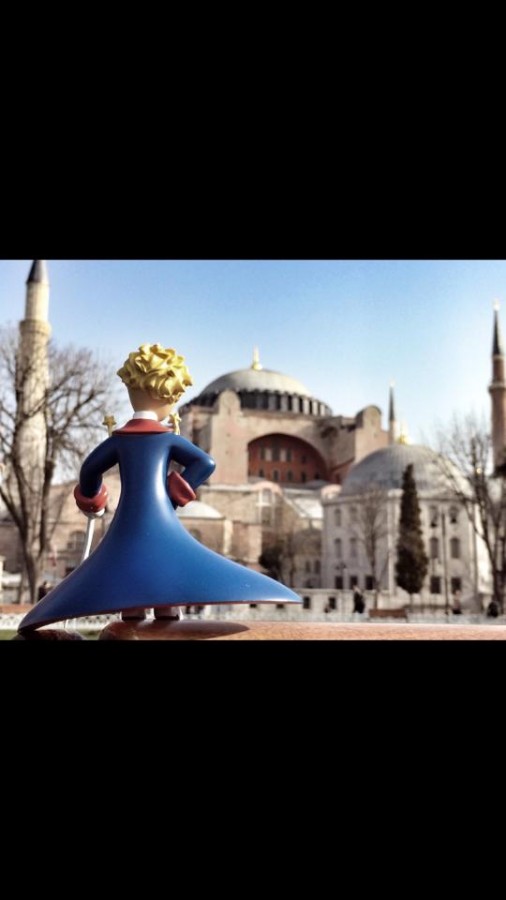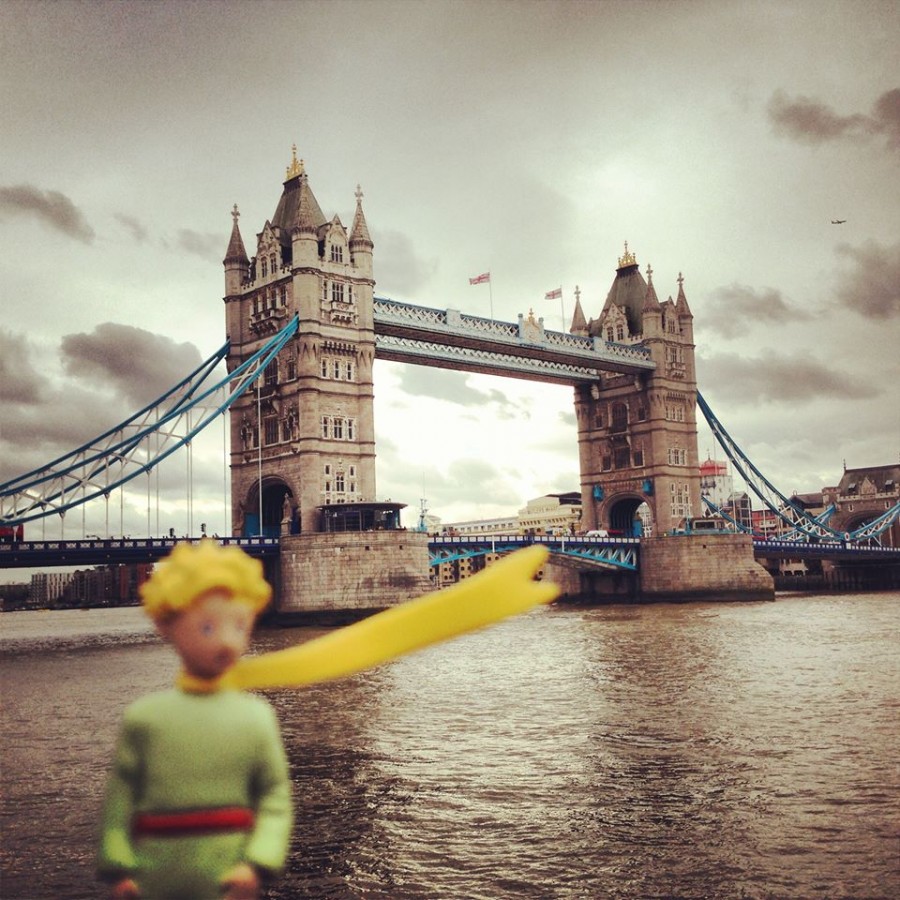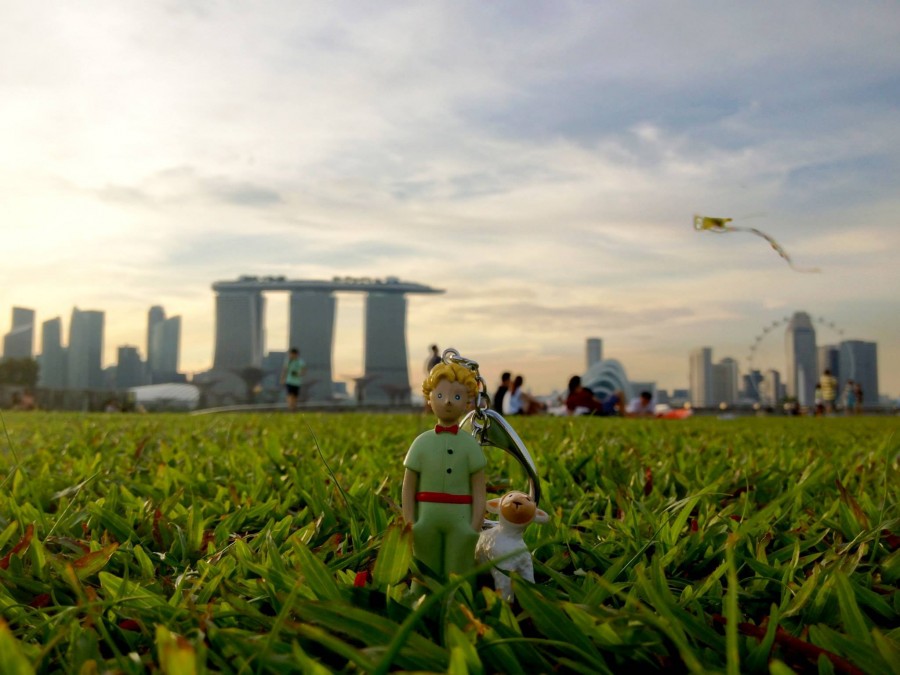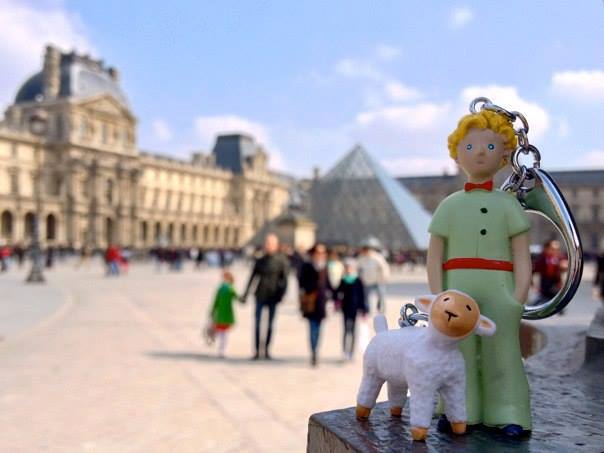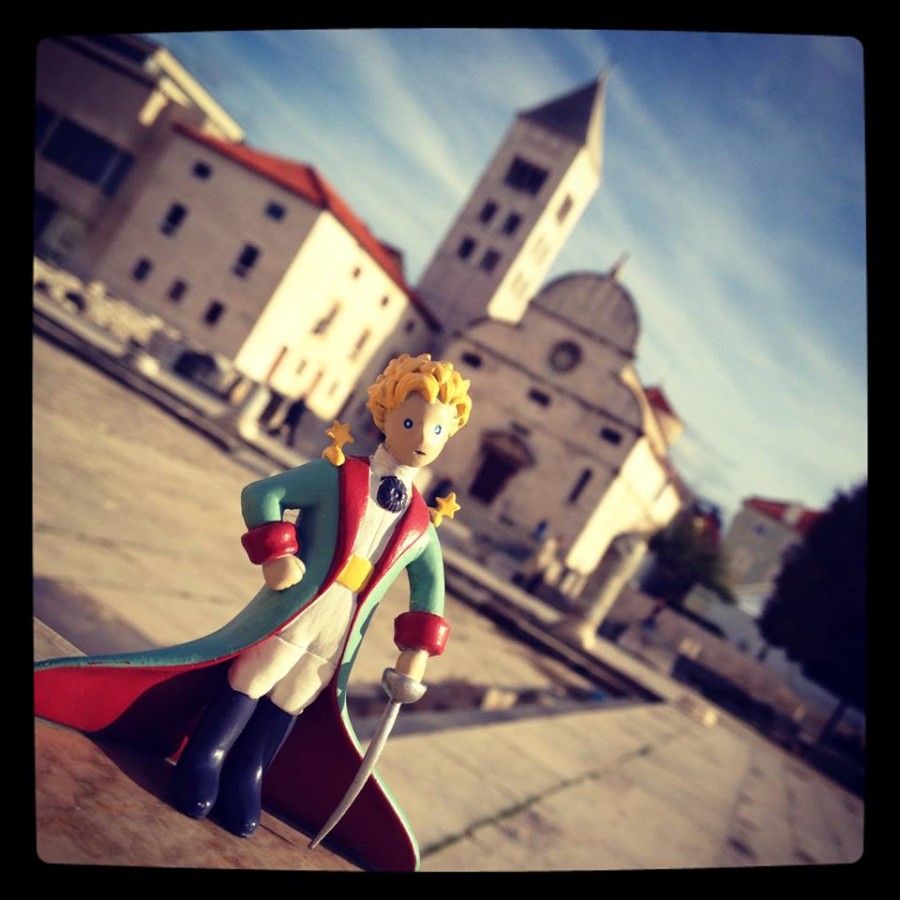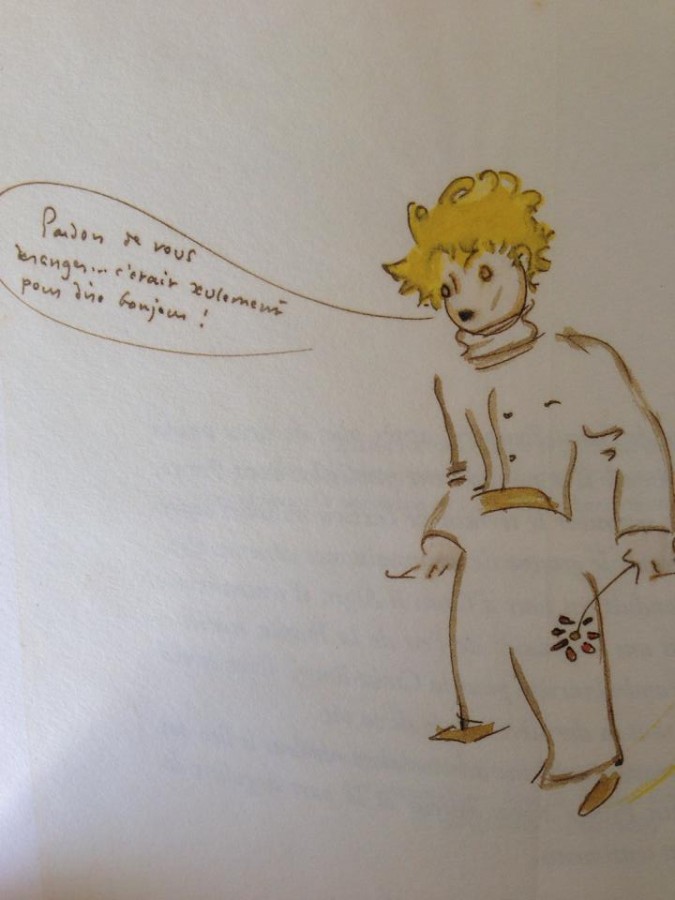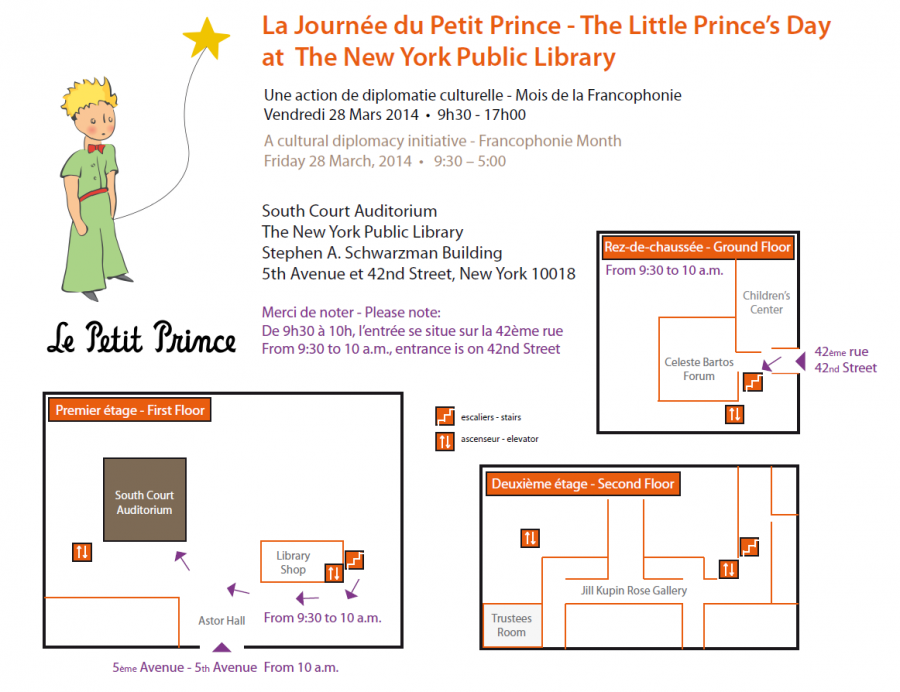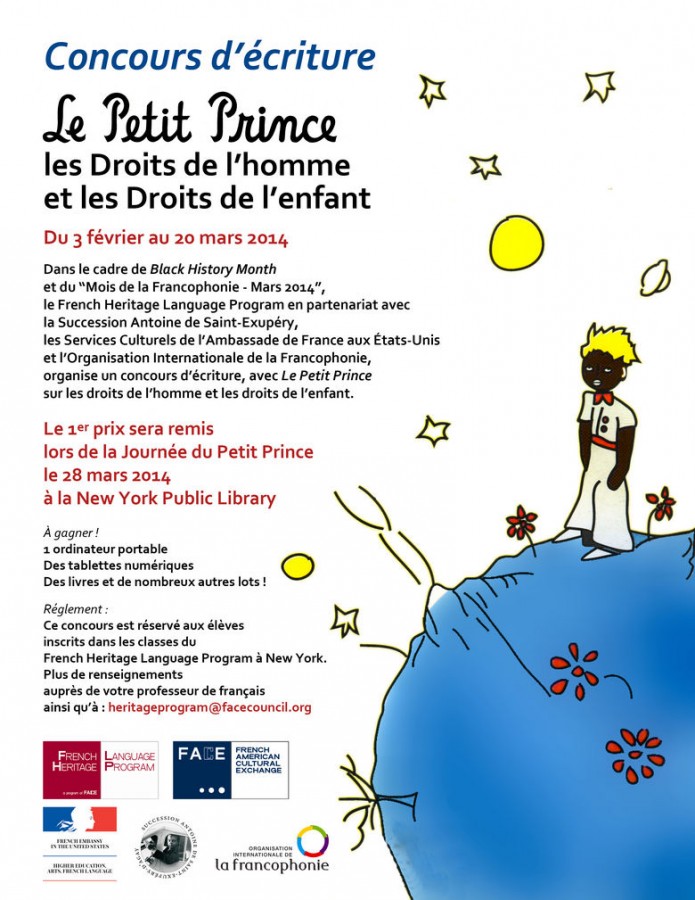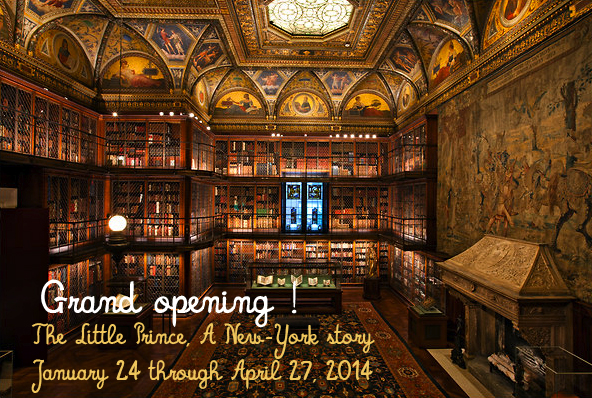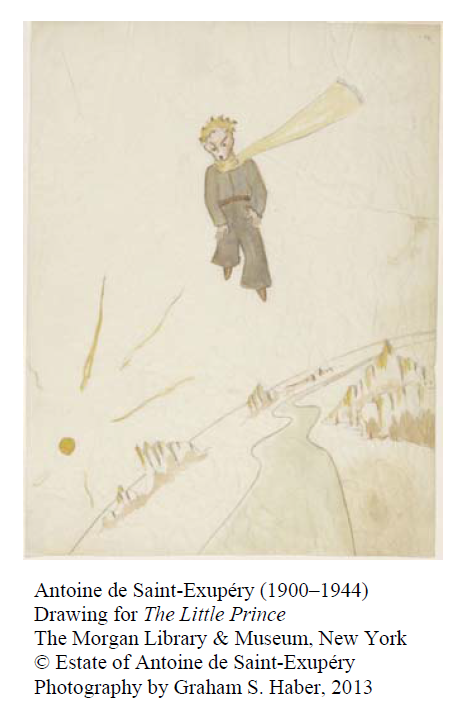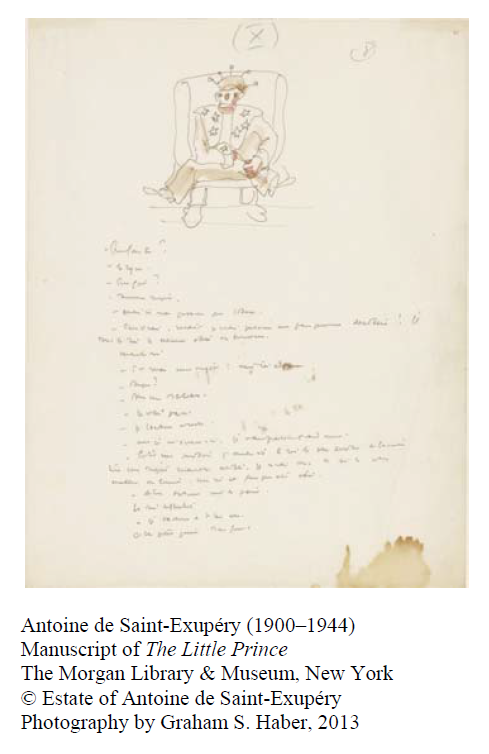A classic of French children’s literature is soon to make its silver screen debut. The computer and stop-motion animation adaptation of The Little Prince opens in U.S. theaters on March 18, after its French release last summer (the film has since been released in numerous other countries as well). The American version features a star-studded cast, including James Franco, Rachel McAdams, and Jeff Bridges; it was directed by Mark Osborne.
The French novella by Antoine de Saint-Exupéry tells the fable-like story of an aviator who crash-lands in the Sahara desert, where he meets a tiny prince who hails from an asteroid. The film does not directly follow the plot of the original story, however, and instead uses a framing structure – a trend seen among other recent children’s book adaptations, such as the Goosebumps movie. The film’s frame introduces a child known only as The Little Girl, who lives in a world consumed by order, efficiency, and which shuns childlike things. The Little Girl’s perfectionist mother (McAdams) holds her to a regimented schedule, which is disrupted when an eccentric, elderly neighbor and former aviator (Jeff Bridges), befriends her. He recounts to her the story of meeting a tiny prince in the desert. As his story unfolds, The Little Girl is swept along with it.
While The Little Prince indelibly belongs to his country of origin (an image of Saint-Exupéry and The Little Prince were even featured on the 50-franc note), somewhat like Ludwig Bemelmans’s Madeline, Saint-Exupéry’s eponymous character also has New York roots. In 1940, during WWII, Saint-Exupéry was exiled to America. He lived in Manhattan and on Long Island, writing The Little Princein 1942. American publisher Reynal & Hitchcock first published it both in French and in English in 1943; Editions Gallimard published the book in France in 1946.
Despite its fantastical elements, the story of The Little Prince is also based somewhat on Saint-Exupéry’s experiences. A pilot himself, the author crash-landed in the Sahara during a Paris to Saigon air race in 1935, and based the book partially on that experience (the Little Prince comes from Asteroid-B-612; the serial number for one of his planes was A-612). Saint-Exupéry’s tragic early death in 1944 – after returning to fight with the Free French Air Force, his plane disappeared somewhere over the Mediterranean – also arguably contributes an air of mystery and melancholy to the story of The Little Prince.
The Little Prince: A Blockbuster Book?
One need only scroll through the official Little Prince web site, to recognize the international appeal of the story. Each Friday, fans across the world post their Little Prince fan art, which include paintings, drawings, cakes, sculptures, and other works inspired by Saint-Exupéry’s story. The site offers Little Prince-related news from countries including China (the site notes that the Chinese “are great fans of The Little Prince”), Japan (there is a Little Prince museum in the town of Hakone), Spain, Brazil, and the United States. The forum offers a look at Little Prince-related academic studies (including a dissertation on the meaning behind the book) and even a gallery of Little Prince “ink.” According to the Little Prince web site, the book has sold 150 million books worldwide, has 280 official translations, and globally has 150 licensees. Late last year, Houghton Mifflin published The Little Prince Family Storybook and The Little Prince: Read-Aloud Storybook, additions to the Little Prince oeuvre that contain art from the film, and which may draw a new audience to discover the original book.
Christine Nelson, Drue Heinz curator of literary and historical manuscripts at the Morgan Library and Museum, shared some thoughts with PW about The Little Prince and its global appeal. Having curated the Morgan’s 2014 exhibit, “The Little Prince: A New York Story,” Nelson witnessed what she called “the passionate public response” from American visitors to the exhibit. In contemplating the reasons why the book is so esteemed in so many countries, Nelson said: “This book has a simple, graceful message that cuts across age, language, and culture: what is most important is invisible to our eyes, and what matters most in life is forging bonds with other people.”
Nelson also noted the book’s underlying complexity that allows individuals to uncover more and more as they reread it. She added that “children may respond to the way the narrator conspires with them as he points out the strange ways of adults; teenagers often respond to the poignant depictions of loneliness and isolation; older readers may return to the book and discover the unusual blend of melancholy and hope that pervades it.”
Early reviews of the film are positive (Variety called the movie “a consistent visual treat” that “always echoes Saint-Exupery’s core theme of looking at the world through the hopeful, uncorrupted eyes of a child”).
And the box office numbers speak for themselves – not just in France but in areas like China, Poland, Brazil, and Mexico. In fact, late last year, UniFrance declared The Little Prince “the most successful French animated film abroad to date.”







